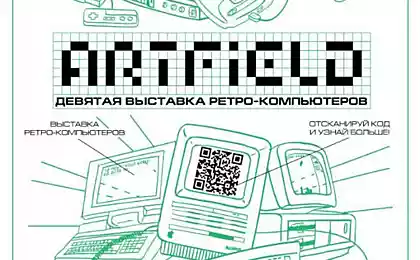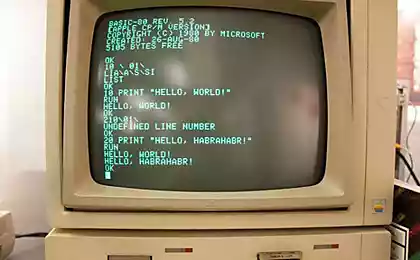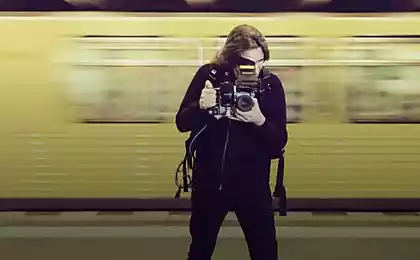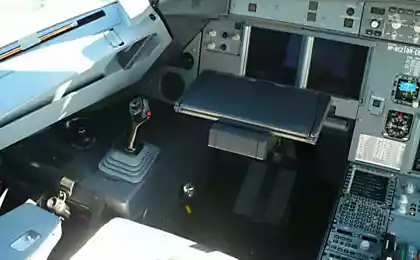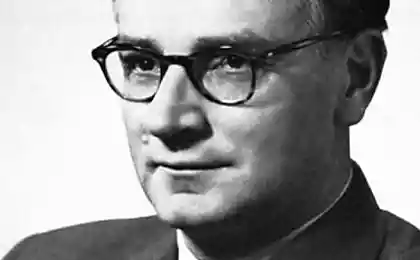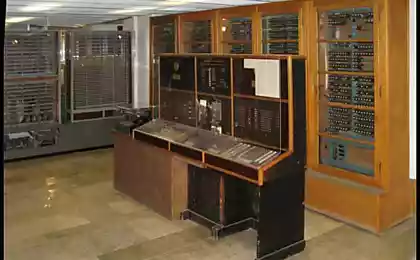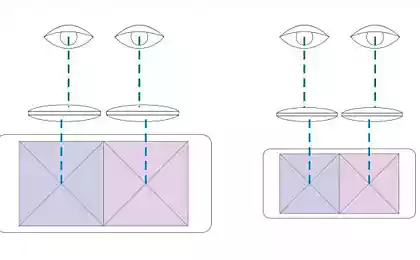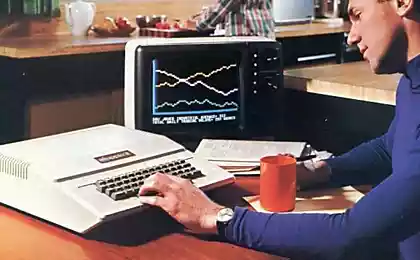461
What is it like in the world of computers?
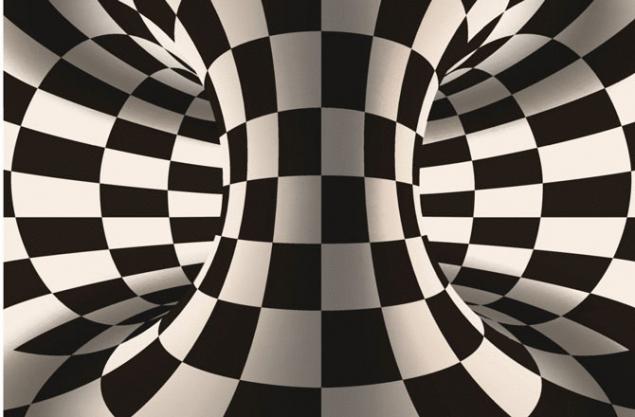
We know that computers can look at the world and define what you see by using software that recognizes images. They can perceive objects and people, and even to distinguish individual faces and emotions. But what they really see?
This issue was raised by researchers of artificial intelligence and pattern recognition. Scientists from the University of Wyoming and Cornell University found that computers see the world not as we. Perhaps this is not surprising.
The team began to work with the latest algorithms of image recognition, built on the basis of the so-called deep neural networks (GNS). By checking the visual data of millions of images, STS have learnt to distinguish a dog from a Dolphin.
The team then combined this process with another genetic algorithm that creates a new image from the old one. Using a technique sometimes referred to as evolutionary art, genetic algorithm transforms the original image into a new under human supervision. From any images, such as depicting dolphins, the algorithm creates something regarding the "Dolphin". However, scientists have replaced a selection of images to choose system GNS and came to strange results.

"We thought we will get something similar, a lot of high-quality recognisable images, told the New Scientist online scientist Jeff Klyun. But instead we got a rather strange picture: the Cheetah, which has nothing to do with the Cheetah."
In the process it turned out images that look like abstract art or visual white noise, but that GNS with a 99% probability defines how specific objects — a ball, or a guitar, for example. Although this particular optical illusion for a computer, it can create certain problems for recognition systems.
Source: hi-news.ru



